Positioned in the extreme south of Brazil, Rio Grande do Sul represents a mesmerizing display of the country’s geographical, historical, and cultural variety.
Surrounded by Santa Catarina in the north and Uruguay and Argentina to the south, Rio Grande do Sul, also known as “The Grand Southern River,” presents a myriad of experiences that reflect its unique gaucho culture, temperate climate, and dynamic economic activities.
This state is a rich mosaic of cultural diversity, picturesque landscapes, and historical depth.
Acting as a small-scale model of Brazil’s vast and varied allure, the state harmoniously melds influences from the native Guarani and European immigrants, creating a unique cultural fusion.
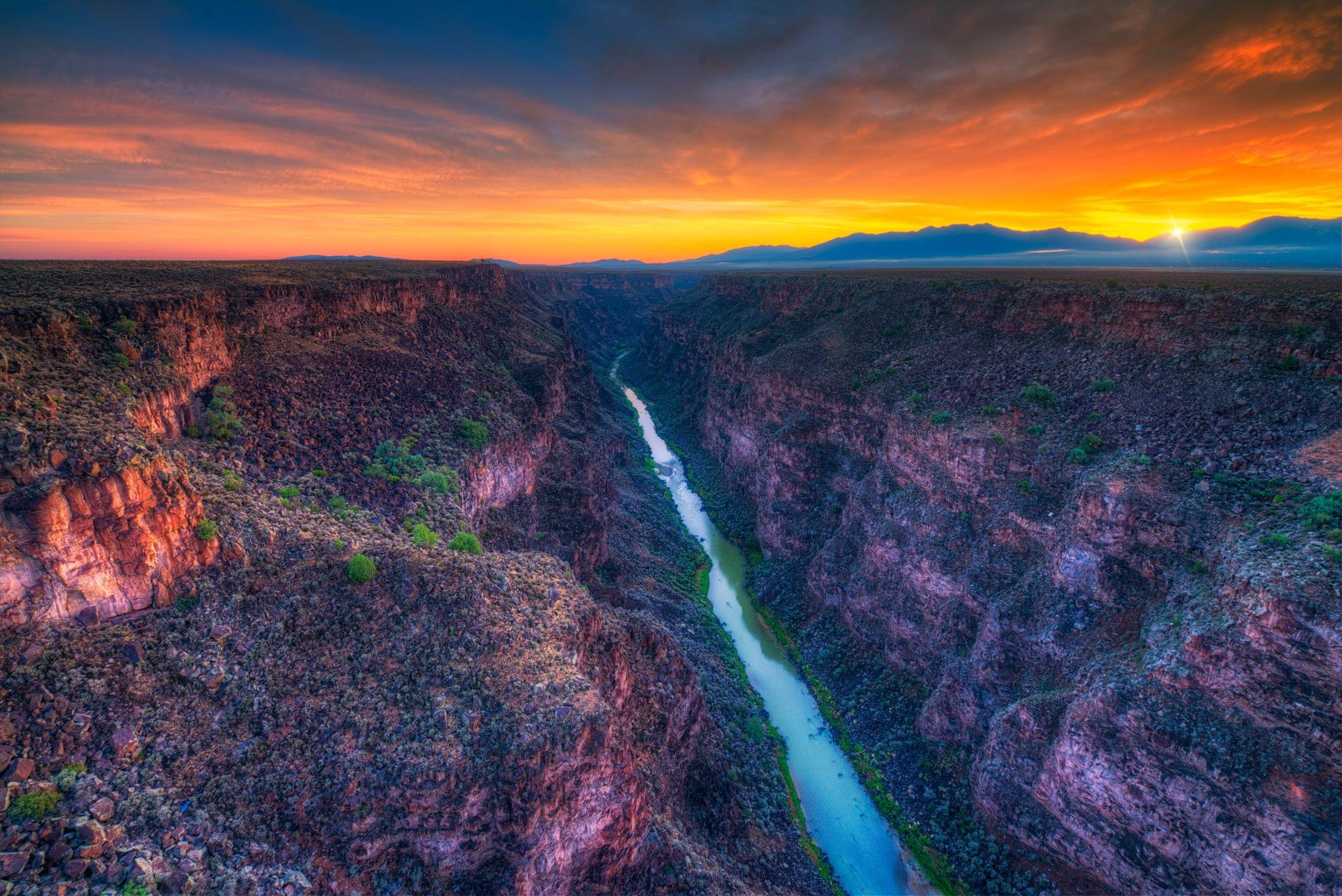
This article delves into the various aspects of tourism in Rio Grande do Sul, Brazil, including its natural attractions, cultural legacy, culinary delights, and wine production.
GEOGRAPHY AND CLIMATE
Rio Grande do Sul’s geography is among Brazil’s most diverse. It is marked by its lengthy coastline along the Atlantic Ocean, sprawling plains of the Pampas, and hilly terrain that includes the Serra Gaúcha.
The state’s geography significantly influences its climate, economy, and way of life.
Covering approximately 281,748.538 square kilometers, Rio Grande do Sul displays an eclectic mix of landscapes, with a stunning coastal region to the east, expansive plains in the west, and impressive mountains in the northeast.
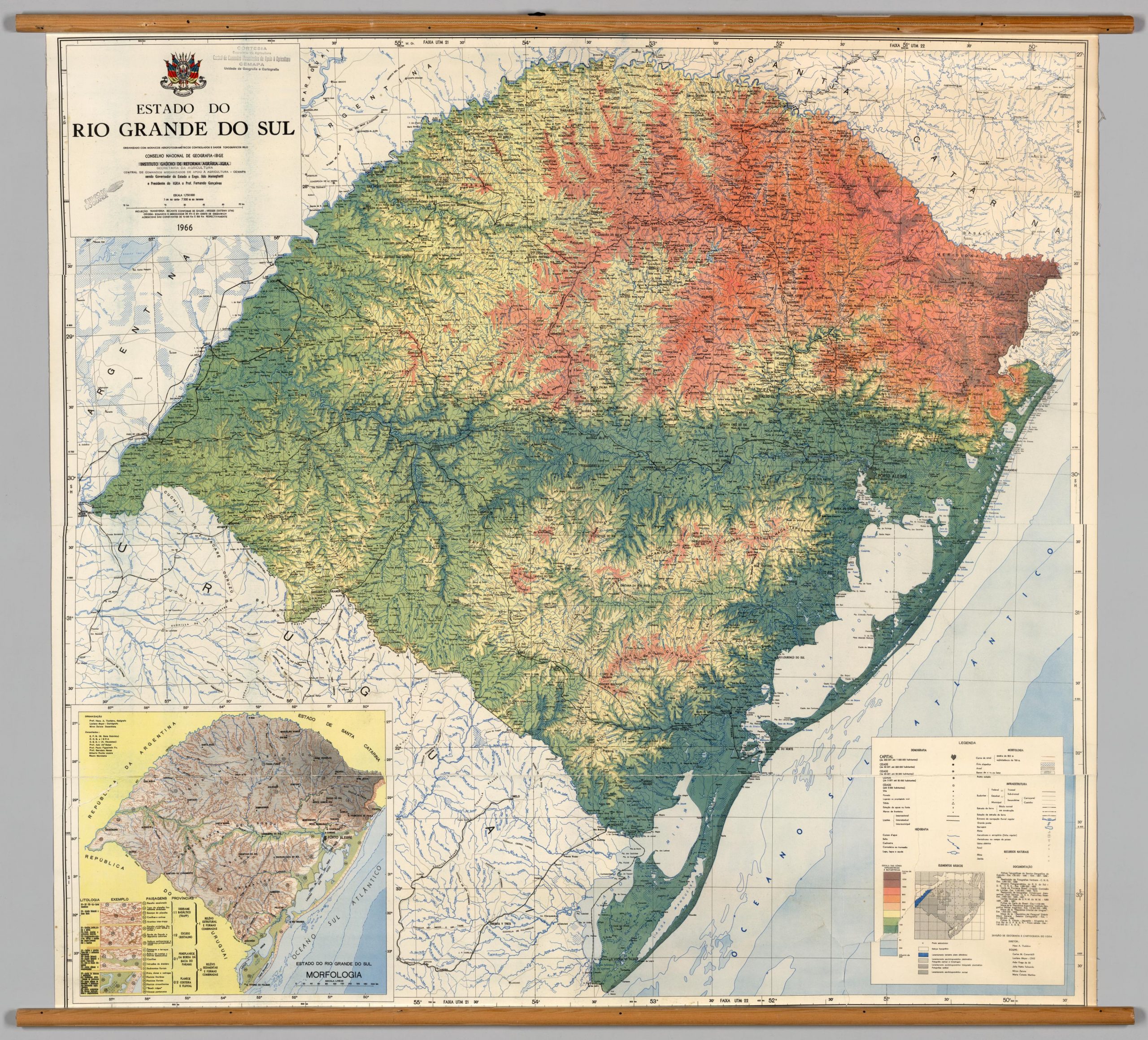
The state’s diverse topography stems from its position at the crossroads of several geographical regions, each boasting unique environmental features.
The climate is subtropical, with four distinct seasons. It stands out among Brazilian states for its sporadic snowfall in the mountainous areas.
The climate of Rio Grande do Sul favors certain types of agriculture, including vineyards, a rarity in the largely tropical country.
Summers can be warm, while winters can be relatively chilly compared to other Brazilian states, with temperatures often falling below freezing, especially in higher-altitude areas.
The region’s weather significantly impacts its agriculture, supporting a variety of crops not commonly grown in other parts of Brazil.
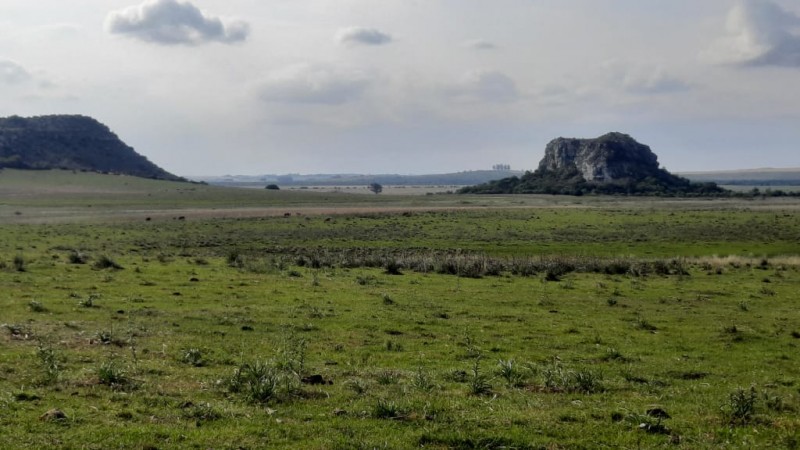
NATURE AND CULTURAL HERITAGE
Enclosed by Uruguay and Argentina to the south and the Atlantic Ocean to the east, the area’s varied ecosystem spans from the breathtaking coastal beaches of Torres to the lush canyons of the Aparados da Serra National Park.
The park is a state highlight, boasting striking natural beauty with its dramatic cliffs, cascading waterfalls, and adventurous trails, perfect for hiking and nature photography.
Moreover, the Taim Ecological Station, a wetland reserve in the south, is a sanctuary for birdwatchers, offering a chance to see a variety of bird species and other wildlife.
The state’s rich cultural heritage, stemming from native and European influences, significantly attracts tourists.
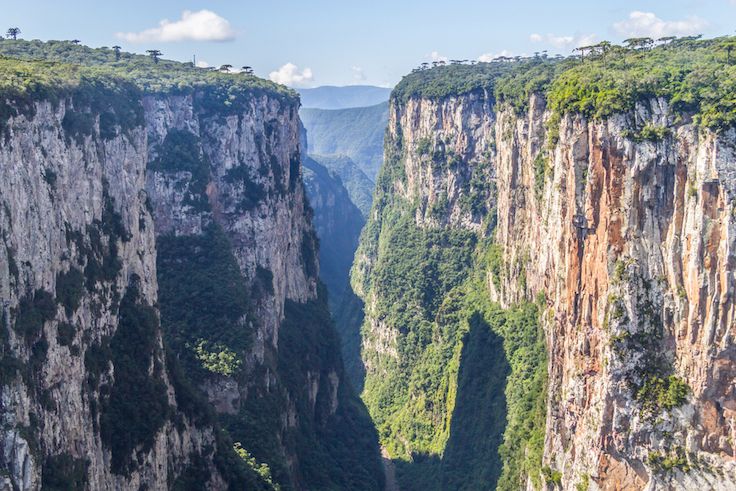
Traditions such as chimarrão (drinking yerba mate), the yearly gaucho celebration “Semana Farroupilha”, and the vibrant ‘vanera’ dance style embody the state’s unique identity.
Porto Alegre is home to several historical landmarks such as the Public Market, Farroupilha Park, and MARGS, the Rio Grande do Sul Museum of Art, showcasing an impressive modern and contemporary art collection.
Rio Grande do Sul’s cultural landscape is distinctly unique within the wider Brazilian context, deeply influenced by the gaucho traditions of the Pampas region, spanning southern Brazil, Uruguay, and parts of Argentina.
The gaucho, symbolic of this region, is a skilled horseman renowned for his rugged independence, a trait reflected in the state’s cultural identity.
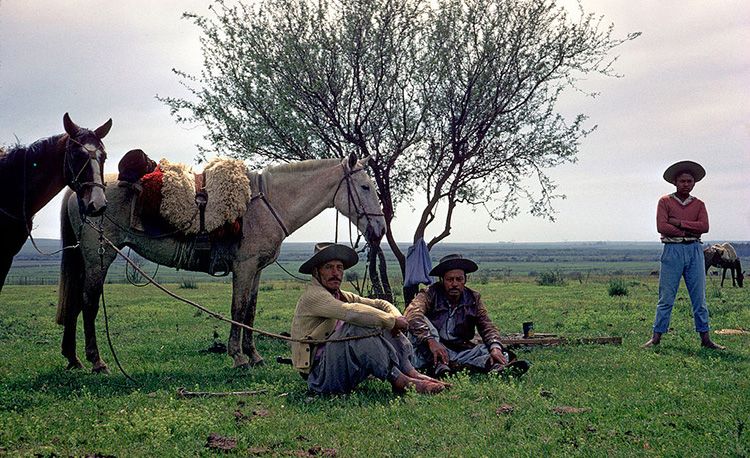
The state’s food, dance, and festivals all bear the imprint of this gaucho influence. Traditional chimarrão (mate tea) and churrasco (barbecue) form the gastronomic culture’s core, while the dance known as “dança tradicionalista gaúcha” is celebrated in festivals and competitions.
This cultural backdrop and heritage of European immigration, primarily from Italy and Germany, endows Rio Grande do Sul with a unique character within Brazil.
MAIN TOURIST ATTRACTIONS
Here are some of the main tourist attractions in the state:
Gramado and Canela: These two neighboring cities are famous for their Swiss-style architecture and charming landscapes. Gramado is known for its Christmas Light event (“Natal Luz”) and the Gramado Film Festival. Canela is home to the beautiful Caracol Falls and the Cathedral of Stone.
Porto Alegre: The state capital is a cultural hub with several museums, parks, and historical sites. Highlights include the Moinhos de Vento Park, the Rio Grande do Sul Museum of Art, and the Public Market.
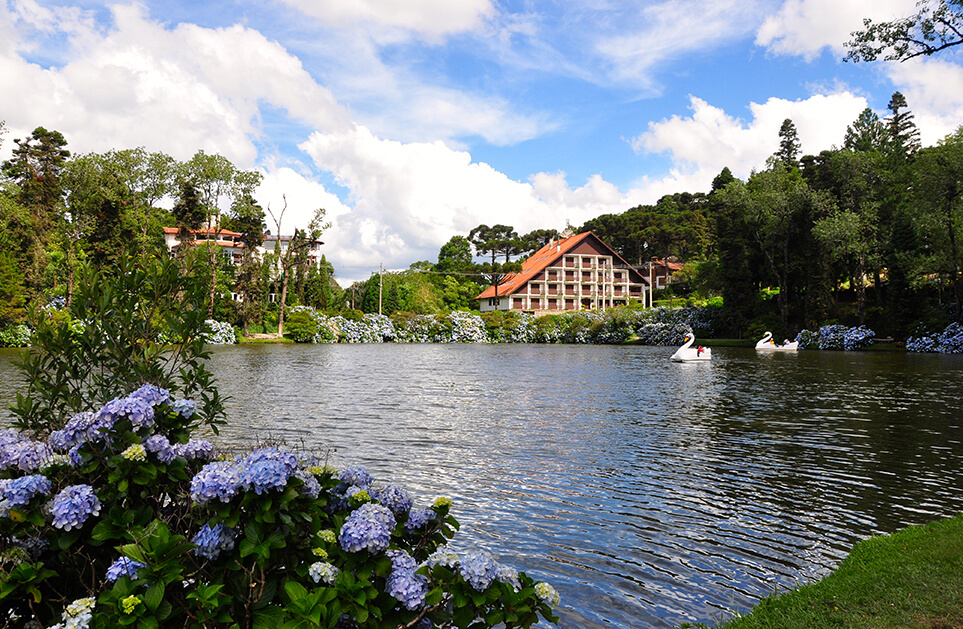
Bento Gonçalves: This region is renowned for its vineyards and Italian heritage. The Wine Route (Rota do Vinho) is a must-visit, offering tours and tastings at various wineries.
Cambará do Sul: Known as the “Land of Canyons,” Cambará do Sul has breathtaking landscapes, including the Itaimbezinho Canyon in Aparados da Serra National Park.
Serra Gaúcha: This mountainous region offers charming small towns with German and Italian influences, such as Nova Petrópolis and Garibaldi. It’s also the location of the Maria Fumaça, a steam train tour.
Pelotas: Known for its well-preserved 19th-century architecture and traditional sweets, this city offers a dive into Brazil’s history and gastronomy.
Santana do Livramento and Rivera: Here, one can visit the International Plaza, a unique area where the Brazilian city of Santana do Livramento and the Uruguayan city of Rivera meet, allowing for free movement between the two countries.
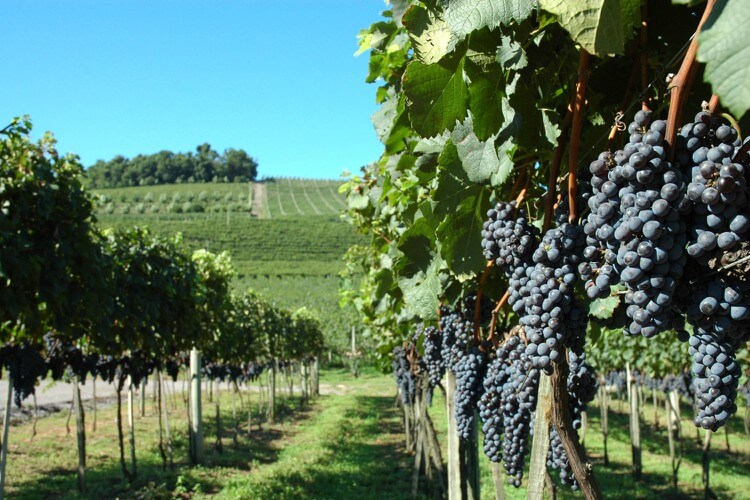
HISTORY
The history of Rio Grande do Sul is both turbulent and fascinating, marked by periods of intense conflict and thriving cultural development.
Various indigenous peoples, including the Guarani and the Kaingang initially inhabited the region.
The arrival of settlers, mainly Portuguese, German, and Italians, in the 16th century signified the start of a long era of territorial disputes involving Spain and Portugal, largely due to the state’s strategic location.
Throughout the 19th and early 20th centuries, Rio Grande do Sul was the scene of several major conflicts, including the Farroupilha Revolution and the Federalist Riograndense Revolution, which significantly shaped its political and social landscape.
The Ragamuffin War in the mid-19th century epitomized its struggle for political and economic autonomy.
These historical events have fostered a strong sense of regional pride and identity among the citizens of Rio Grande do Sul.
These events, steeped in a spirit of rebellion and pursuit of autonomy, have left a lasting imprint on the state’s identity.
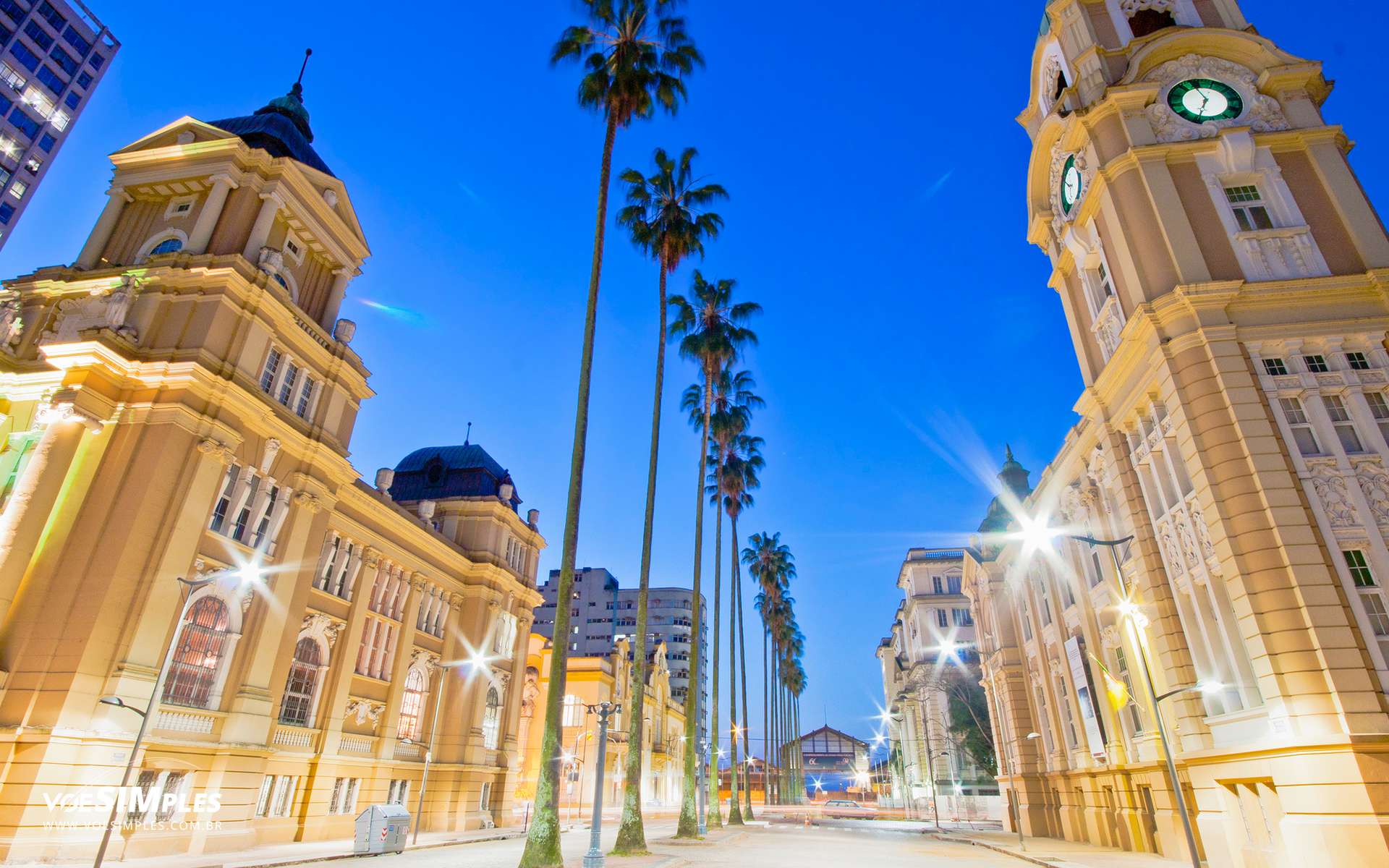
GASTRONOMY
The culinary culture in Rio Grande do Sul plays a crucial role in its cultural identity. The state’s cuisine is characterized by the traditional gaucho-style barbecue, churrasco, which typically includes slow-roasted meat over an open fire.
The robust flavors of the traditional feijoada, a stew of beans with beef and pork, and arroz carreteiro, a rice dish cooked with charque (dried meat), offer a delightful gastronomic experience.
Desserts like ambrosia and sagu, along with the local chimarrão tea, provide a perfect end to a meal.
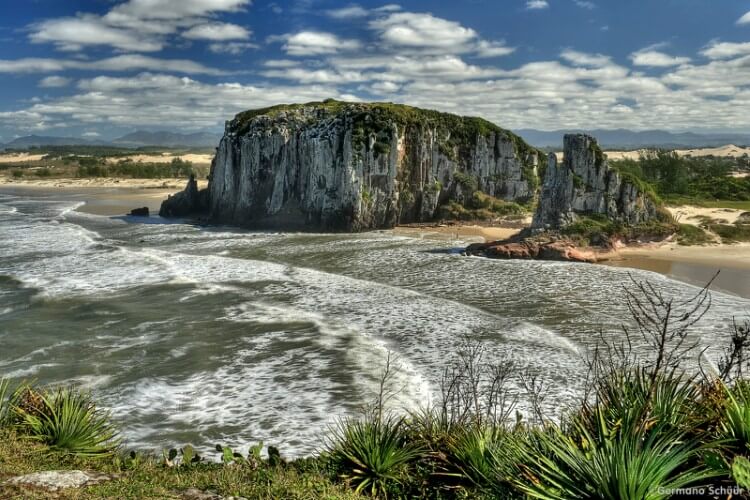
WINE PRODUCTION
Famed for its wine production, Rio Grande do Sul is home to the Vale dos Vinhedos (Valley of Vineyards), Brazil’s premier wine region.
Visitors can take wine tours, tasting the region’s exceptional varieties, including Merlot and sparkling Moscatel.
The winemaking process, deeply interwoven with the local Italian heritage, is as much a cultural experience as a gustatory pleasure.
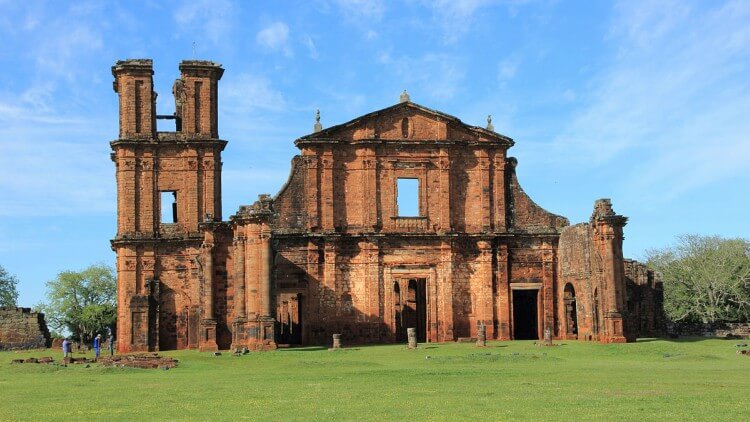
ECONOMY
The economy of Rio Grande do Sul is diverse and robust, contributing substantially to Brazil’s overall economy.
It is the fifth-largest economy in the country, marked by a balanced blend of agriculture, industry, and services.
Thanks to its temperate climate and fertile soils, the state is a significant agricultural power, leading the country in the production of various crops, including rice, tobacco, and grapes for winemaking.
Its tradition of cattle raising also supports a thriving meat and dairy industry.
The industrial sector is varied, with well-established footwear, textile, and furniture industries, complemented by a growing tech industry in cities like Porto Alegre.
The state’s strategic location, providing easy access to Mercosur markets, has boosted the growth of its export-oriented industries.
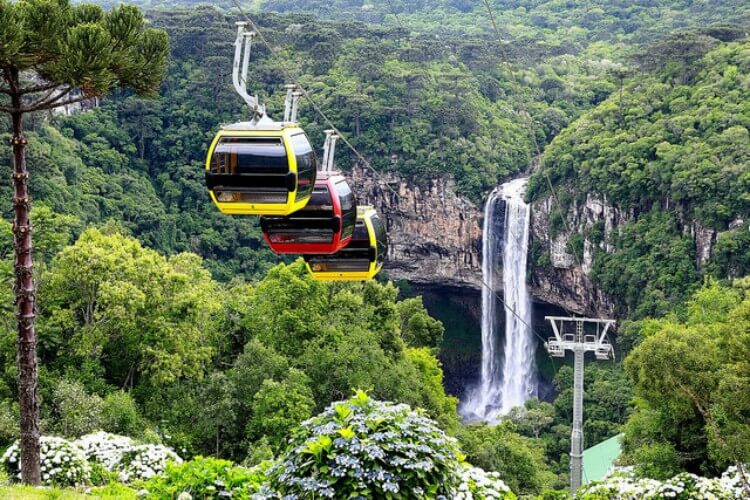
The services sector has seen consistent growth, with the tourism industry capitalizing on the state’s natural beauty, cultural heritage, and wine production.
CHALLENGES AND PROSPECTS
Despite its notable strengths, Rio Grande do Sul confronts significant challenges. Economic inequality, urban-rural divides, and environmental issues like deforestation and soil erosion are major concerns.
Additionally, the state has been dealing with fiscal issues for several years, necessitating economic reforms.
Looking ahead, initiatives centered on sustainability, technological innovation, and inclusivity could be the key to addressing these challenges.
Investment in education, healthcare, infrastructure, and efforts to foster environmental conservation could help ensure the state’s continued prosperity.
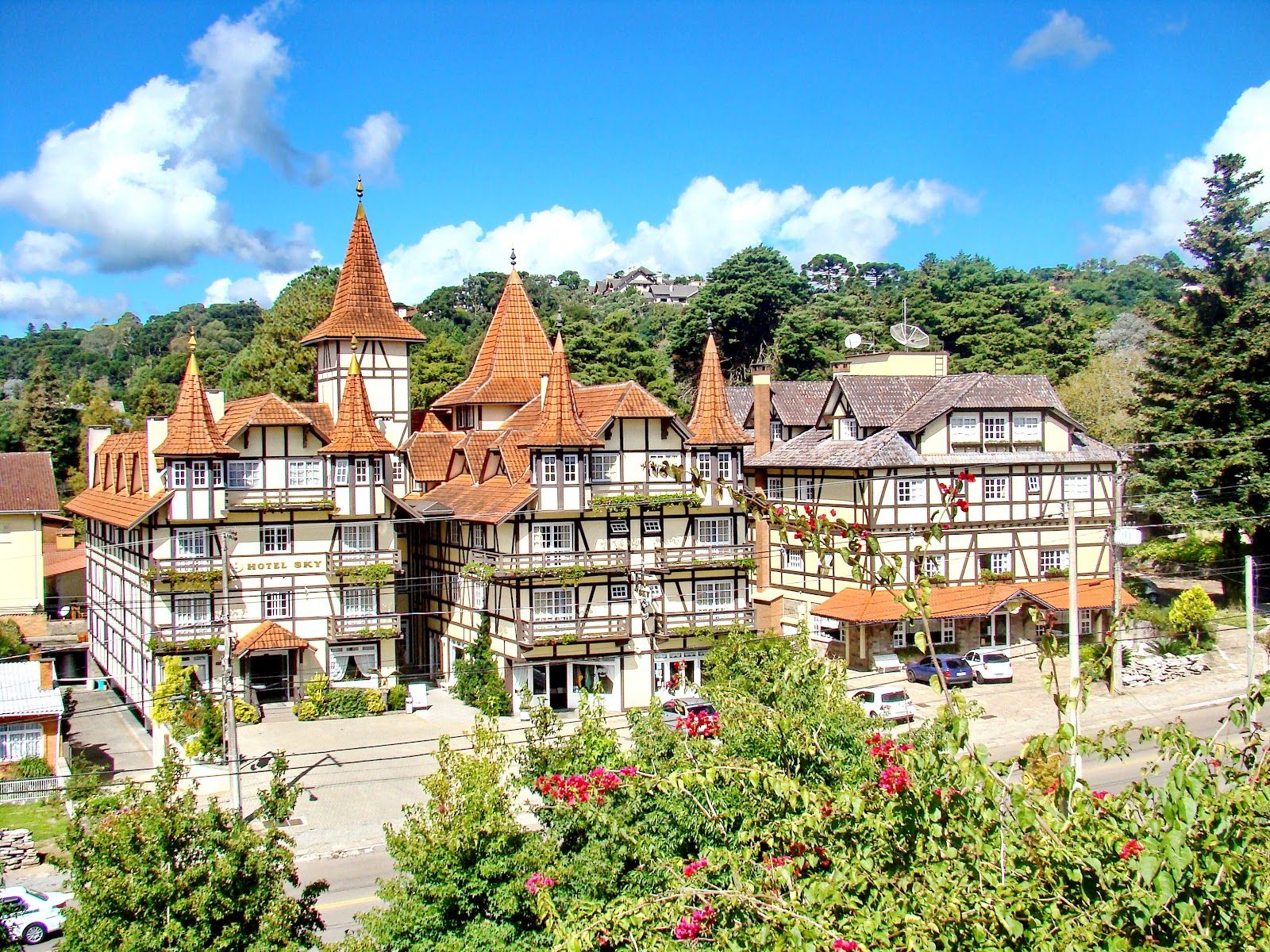
Despite these challenges, the future holds numerous promising prospects for Rio Grande do Sul.
Efforts are underway to promote sustainable agricultural practices, capitalize on the state’s tourism potential, and utilize the power of technology for economic development.
Investment in education and healthcare, infrastructure development, and fiscal reforms will also play crucial roles in shaping the state’s future.
Furthermore, initiatives to promote environmental conservation and sustainable practices are critical to preserving the state’s rich natural resources.
CONCLUSION
Rio Grande do Sul, with its rich historical tapestry, dynamic economy, and unique cultural identity, epitomizes the diversity and dynamism of Brazil.
Just like its past, its future is bound to be intricate and captivating, shaped by the interplay of its unique geographical, historical, and cultural factors.
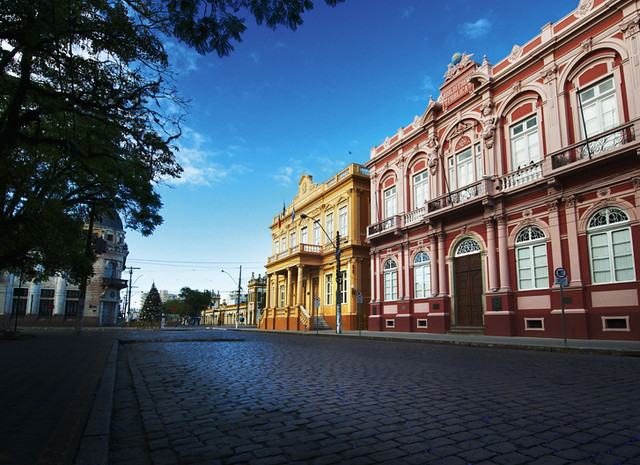
Rio Grande do Sul indeed stands as a testament to the resilience and spirit of Brazil’s southern frontier.
Its challenges are many, but so are its opportunities for growth and development, making it a fascinating region to watch in the coming years.

